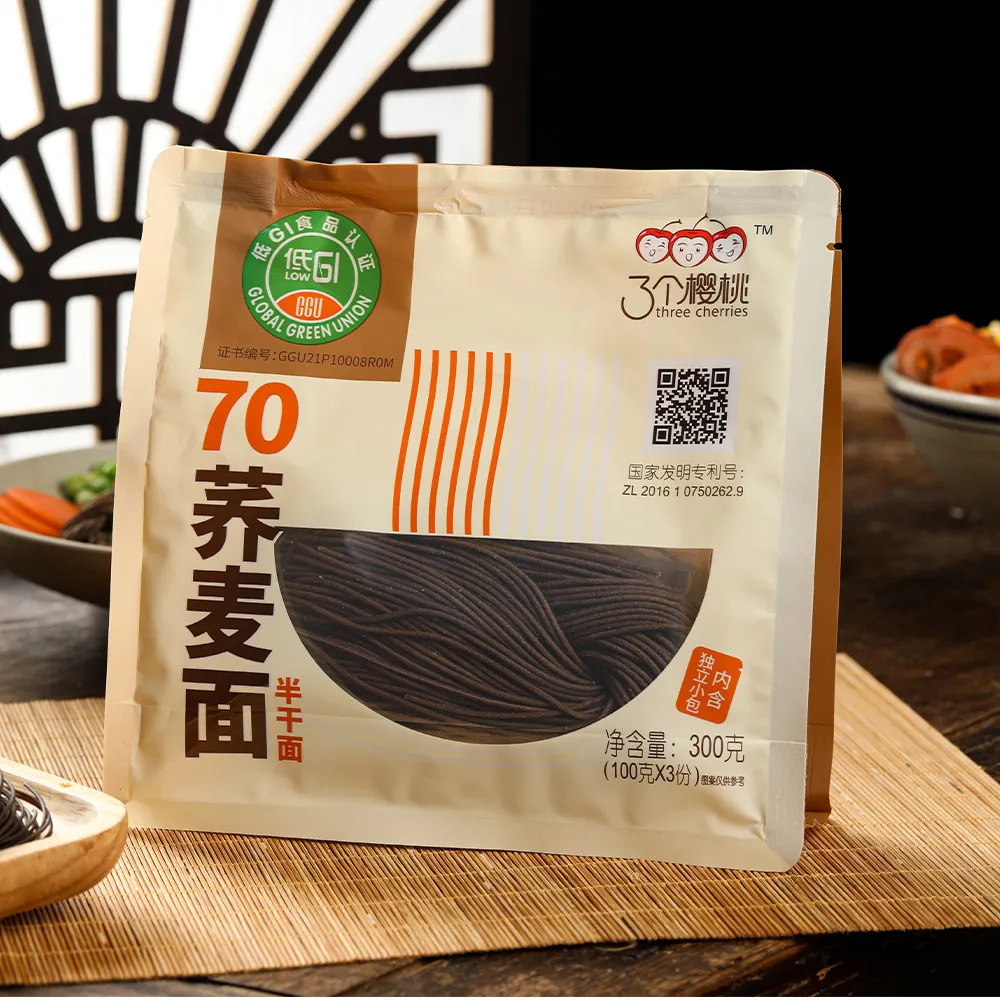Chilled Noodles Delight A Refreshing Korean Culinary Experience
The Allure of Naengmyeon Noodles A Culinary Delight from Korea
Naengmyeon, or cold noodles, is a traditional Korean dish that has captivated the taste buds of many both within Korea and abroad. Known for its unique combination of flavors and textures, naengmyeon has become a staple in Korean cuisine, particularly during the hot summer months. The dish is not only refreshing but also rich in history and cultural significance, making it a perfect subject for exploration.
A Brief History
The origins of naengmyeon can be traced back to the northern regions of Korea, particularly Pyongyang and Hamhung, which are known for their own particular styles of this dish. Pyongyang naengmyeon typically uses buckwheat noodles and is served in a chilled beef broth, whereas Hamhung naengmyeon features thicker, chewy noodles made from sweet potato starch, accompanied by a spicy sauce. These regional variations highlight the adaptability of naengmyeon to local ingredients and tastes.
Originally, naengmyeon was considered a dish for the aristocracy, served during special occasions and celebrations. However, over the years, it has become a beloved comfort food for people from all walks of life. The name naengmyeon itself translates to “cold noodles,” reflecting the dish’s most defining feature the use of cold, refreshing ingredients that create an invigorating eating experience.
Ingredients and Preparation
Naengmyeon is primarily composed of noodles made from buckwheat or sweet potato starch, resulting in a chewy texture that is incredibly satisfying. The preparation of the noodles is a crucial step, as they must be boiled and then rinsed in cold water to achieve the desired firmness and temperature. The cooling process helps to enhance the flavor of the noodles, making them even more enjoyable.
The broth for naengmyeon can vary, but it is typically prepared using beef or chicken stock, which is then chilled and seasoned with ingredients such as vinegar, soy sauce, and a touch of sugar. This creates a balanced flavor profile—savory, slightly sweet, and refreshingly tangy. For those who prefer a spicier kick, a spicy sauce made from gochujang (Korean chili paste) can be added, further enhancing the dish’s complexity.
naengmyeon noodles

To complete the bowl of naengmyeon, various garnishes are often used. Common toppings include sliced cucumbers, Korean pear, hard-boiled eggs, and pieces of cold boiled beef. These accompaniments not only provide color but also add contrasting textures and flavors, making each bite a delightful experience.
The Cultural Significance
Naengmyeon is more than just a dish; it represents a connection to Korean heritage and tradition. It is often consumed during special celebrations, such as birthdays, where it symbolizes longevity and good health. Eating naengmyeon on New Year's Day, known as “Naengmyeon-gi,” is also a popular practice, embracing the idea of starting the year on a refreshing note.
Furthermore, the dish has found its way into various aspects of Korean media and pop culture. Its frequent appearances in dramas, variety shows, and even movies have helped to popularize naengmyeon among younger generations, reinforcing its status as a beloved comfort food that transcends demographics.
The Global Influence
As global interest in Korean cuisine continues to grow, naengmyeon has gained popularity outside of Korea, with numerous Korean restaurants worldwide adding it to their menus. The dish is especially appealing to those looking for healthy, light meals that are still satisfying. The rise of food trends that prioritize fresh and cold dishes, especially during summer months, has further contributed to the widespread appreciation of naengmyeon.
Conclusion
In conclusion, naengmyeon is a culinary masterpiece that captures the essence of Korean culture and tradition. Its rich history, diverse regional variations, and refreshing qualities make it a unique dining experience that should not be missed. Whether enjoyed in the heat of summer or as part of a special celebration, naengmyeon remains a testament to the ingenuity of Korean cuisine and the ability of food to bridge cultural gaps, inviting everyone to savor its delightful flavors. Each bowl not only offers nourishment but also a connection to a rich culinary legacy that continues to thrive in the modern world.
-
Unleash Your Inner Chef with Delectable Italian Pasta CreationsNewsAug.01,2025
-
Savor Health and Flavor: Irresistible Soba Noodles for Sale Await!NewsAug.01,2025
-
Nourish Your Body with Premium Organic Ramen - A Culinary Delight AwaitsNewsAug.01,2025
-
Elevate Your Dishes with Our Exquisite Kinds of Egg NoodlesNewsAug.01,2025
-
Dive into Flavorful Convenience with Our Ramen OfferingsNewsAug.01,2025
-
Discover Exquisite Types of Naengmyeon and Chilled Soba NoodlesNewsAug.01,2025
-
Is Whole Wheat Pasta Healthy?NewsMay.30,2025
Browse qua the following product new the we

















































































































